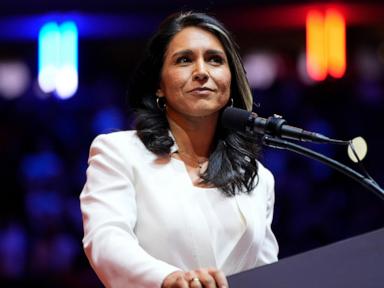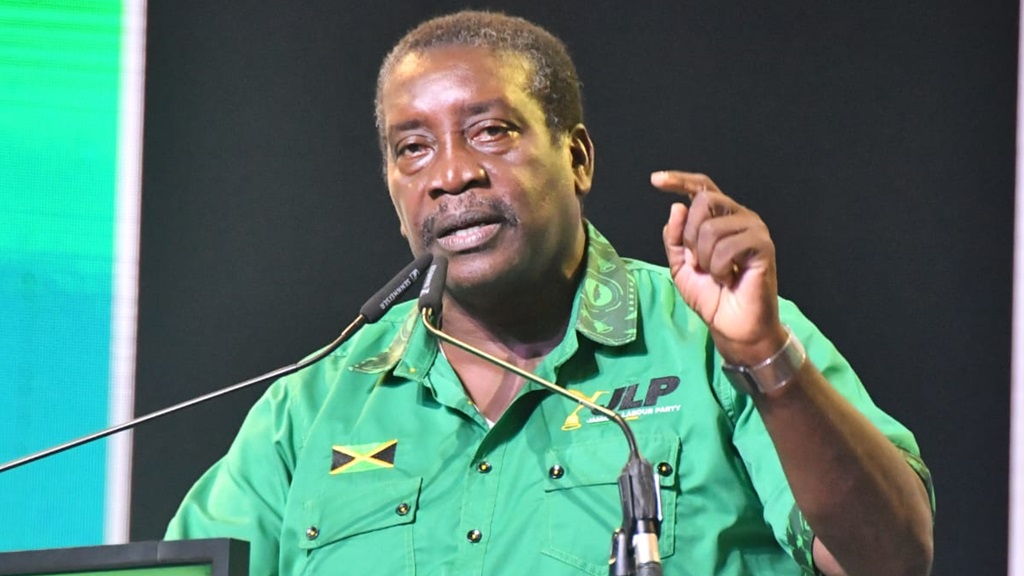
Opinion editor’s note: Strib Voices publishes a mix of material from 11 contributing columnists , along with other commentary online and in print each day. To contribute, click here . ••• On a random Sunday afternoon in November, I got a text message from a friend containing a photo of a midsize family vehicle with a turkey on top.
The turkey, to be clear, was alive. More than merely alive, in fact, she was majestic — a proud beast astride her noble steed. Imagine if a turkey on a Subaru roof in a parking garage had recently vanquished the armies of Napoleon and was having the victory memorialized in bronze.
That was the vibe. She looked like a creature moved by the great forces of destiny. In reality, however, she was mostly just there to poop on some windshields.
Which makes her about the Platonic ideal of a Minnesota urban turkey. Whether standing stubbornly in the intersections of Minneapolis, grazing in the backyard of the governor’s mansion in St. Paul or roaming in malevolent packs through the streets of Moorhead, wild turkeys are a fixture of our cities — generally as agents of chaos if not outright violence.
When I asked Minnesotans on social media for their favorite turkey interactions, they told tales like the time a turkey faced off, tail feathers spread, against an ambulance. Or the couple of turkeys who became so enamored with their own reflections in a freshly washed vehicle that the birds refused to let the humans back into the car and, instead, chased them around a gas station parking lot. But the urban turkey is also a strangely beloved figure.
People will tell you stories of their kids being harassed by a belligerent bird, but with a note of pride, as though this small childhood trauma was an honor. Back in March, Minneapolis’ Kenny neighborhood mourned the untimely death of a turkey known as “Gregory Peck,” who earned himself both a street-corner memorial and an article in this very publication . This duality of love and hate fits well with the birds’ history in our state.
Turkeys are native to at least part of what is now Minnesota. But a combination of overhunting and (ironically) urbanization drove them to the brink during the 20th century. Even just two decades ago, it was rare to see the birds in Minneapolis or St.
Paul, said Nathaniel Huck, resident game-bird specialist with the Minnesota Department of Natural Resources. “If you look at a map from the early 2000s of turkey distribution in North America, we have a big hole over the Twin Cities,” he said. The abundance of turkeys we .
.. let’s say “enjoy” .
.. today is the result of years of deliberate effort.
Between the 1920s and 1960s, the DNR tried a number of different tactics to solve the problem of dwindling Minnesotan turkey populations, including hand-rearing birds in pens and importing turkeys from South Dakota, Arkansas and Nebraska. Everything failed. It wasn’t until a bird swap with Missouri in 1971 that a pack of wild turkeys released into rural Houston County near La Crosse, Wis.
, managed to survive and thrive. (The same cannot be said, sadly, for the ruffed grouse we sent to Missouri.) Minnesotans worked long and hard to bring turkeys back to the state.
But the birds themselves are responsible for their urban success story, Huck said. The species has simply proven to be highly adaptable. Some individuals were able to tolerate people better than others.
They were smart enough to learn how to find new food sources and navigate new environments. The turkey populations that do well in cities have higher levels of stress hormones than their country cousins, he told me, but they seem to suffer less harm from those hormones as well. In fact, these birds are so well adapted to cities that you can’t solve the “problem” of troublesome urban turkeys by returning them to nature.
They aren’t from there. “You stick them in the middle of nowhere and they’ll wander around until they find another city to be successful in,” Huck said. We wanted turkeys.
We got turkeys. But we have only so much control over how nature works. Humans can change the world in ways that make it harder for a species to thrive.
We can overhunt (or overeat). And we can try to correct our mistakes. But when we do that, we can’t expect the species to be grateful and docile, primly refilling the exact ecological niche we drove it out of.
Sometimes it finds a new gap to fit into. Sometimes a species comes back mean. You can try all you like to return to Eden, but what you might get is a flightless fowl fouling your windshield in a parking garage.
And that’s actually pretty amazing. Huck sounded a little in awe when he told me urban turkeys don’t act anything like rural turkeys. “I’m a hunter and .
.. trying to pursue a [rural] turkey, they run the other direction.
In town they don’t even act like they notice you.” For all their faults, we like urban turkeys because they are a symbol of resilience and independence ..
. and of simply not giving a damn. They don’t owe us civility.
They know it. And it’s a kind of glorious, transcendent glimpse of the power of nature that you could not possibly get in the woods..












